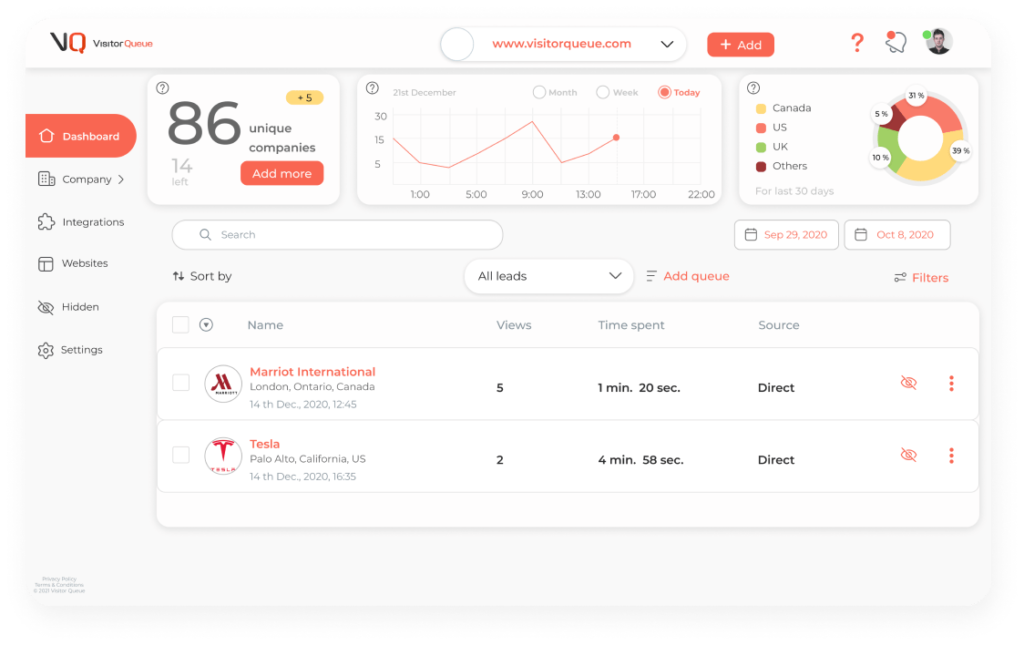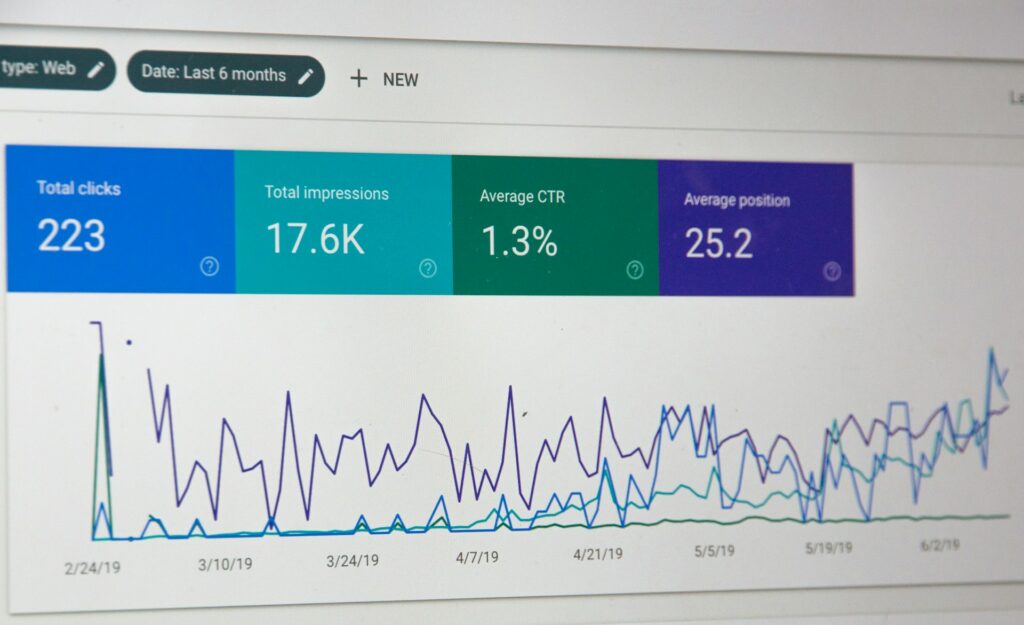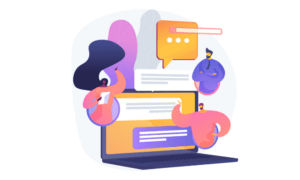80% of new leads never turn into sales, highlighting the need for companies to focus on attracting the right people at the right time. Understanding lead qualification can be the difference between a thriving business and one that struggles to convert interest into revenue. In this guide, we are going to go through how important it is to cater to sales qualified leads, guiding high-priority prospects closer to the point of conversion. First, let’s go over what a sales qualified lead even is.
What Even is a Sales Qualified Lead?
A sales qualified lead, or more commonly known as SQL, is a prospective customer who has been vetted by both the sales and marketing teams. And, they are deemed ready for direct sales engagement. Unlike general leads or even marketing qualified leads, SQLs have demonstrated a higher level of interest in your product or service and show a stronger intent to make a purchase or convert. Sales qualified leads often request a product demo, seek pricing information, or initiate sales for a conversation.
SQL vs MQL: Understanding the Difference
Understanding the differences between a sales qualified lead, or SQL, and marketing qualified lead, MQL, is crucial. An MQL is a lead that has engaged with your marketing efforts and demonstrated initial interest in your company. But, they have not yet indicated a readiness to make a purchase. These leads may have signed up for your newsletter, attended a webinar, followed your company on LinkedIn, but they still need further nurturing. On the other hand, an SQL is a lead that has gone through the awareness and interest stages in the sales funnel, but is yet to convert. The key difference between the two is how you engage with them. While MQLs require continued nurturing, SQLs are ready for sales intervention and follow ups.
How to Find Sales Qualified Leads
Now that you’re familiar with the basics of sales qualified leads, I’m sure you’re wondering how to find them. Keep reading for our comprehensive list on how to find sales qualified leads who are ready for a conversation with your sales team.
Competitor Landing Pages
If you’re looking to attract an audience who is in the buying window, it’s a great opportunity to create landing pages that rank for your competitor’s brand name. This way, if someone is searching for a specific company, alternatives, or comparing your company and a competitor, you pull them towards your content. And, if someone is searching for these specific queries, there’s a good chance that they are close to converting. Below is an example from HubSpot, where they compare and contrast to Mailchimp. This page offers a lot of valuable information, is honest, and showcases what sets HubSpot apart.
Google Ads
Google Ads can be a good way to generate both MQLs and SQLs. By creating targeted ad campaigns with carefully chosen keywords, compelling ad copy, and optimized landing pages, you can attract potential customers at the moment they express interest. Features like ad extensions, remarketing, and conversion tracking can help enhance the effectiveness of your campaigns. Additionally, it’s important to regularly analyze performance to adjust bids, refine keywords, and improve ad relevance. It can also be helpful to bid on your competitor’s brand names with the competitor landing pages mentioned above to get in front of a highly targeted audience.
LinkedIn Ads
LinkedIn Ads provide a unique opportunity to target professionals and decision-makers within specific industries. By leveraging LinkedIn’s detailed targeting options, you can create highly tailored campaigns that reach the right audience. Use LinkedIn Ads to promote thought leadership content, webinars, and case studies that demonstrate your expertise and value proposition. With options such as sponsored content, InMail, and display ads, you can engage prospects at various stages of the buyer’s journey. Monitoring and optimizing your campaigns based on performance metrics will help you maximize ROI. And, generate high-quality leads from a professional network.
Bottom of Funnel Content
Bottom of the funnel (BOFU) content is crucial for converting leads into customers. This content should address the specific concerns and questions that potential buyers have as they near their decision-making stage. Examples include detailed product demos, customer testimonials, case studies, and buyer’s guides. BOFU content should provide compelling reasons for choosing your company to work with. After a prospect engages with bottom of funnel content, you should automatically follow up with them via an email drip campaign that provides additional information and a way to contact your team if they have any questions.
Identify Your Website Visitors
Wouldn’t it be nice to know exactly what companies are visiting your pricing pages, case studies, and other key landing pages? With the help of Visitor Queue, you can. By installing our tracking script on your website, you can see exactly what companies visit your website. Along with visit information like how they were acquired, pages viewed, time on page, and more. We also provide a comprehensive overview of information about the companies including industry, size, location, and more. Plus, we provide employee contact information to help you reach out to ensure they found what they were looking for. We also integrate with many CRMs and Zapier. This ensures you can send your leads right where they need to go. By seeing all of this information, you can easily generate both MQLs and SQLs and follow up appropriately. Try Visitor Queue for free today and stop losing leads.

Marketing and Sales Alignment
Far too often I hear that sales teams don’t know when to take over a lead from marketing. Aligning your marketing and sales teams is essential for a seamless lead conversion process. When both teams collaborate effectively, they can share valuable insights, communication, and ensure a consistent message throughout the buyer’s journey. Regular meetings, shared goals, and integrated tools such as CRM systems can help bridge the gap between marketing and sales. This alignment ensures that marketing efforts are generating leads that are truly sales-ready. Additionally, your sales teams are well-equipped to close deals efficiently.
Implement Nurture Campaigns
Nurture campaigns are designed to guide leads through the buyer’s journey. You can do this by providing them with valuable content and information at each stage. By automating these campaigns through email sequences, personalized content delivery, and targeted offers, you can keep your leads engaged and move them closer to a purchasing decision. Effective nurture campaigns are tailored to the specific needs and behaviors of your leads. So, you can use data-driven insights to deliver the right message at the right time. This approach not only builds trust but also ensures that leads remain warm to your sales efforts.
Lead Scoring
Lead scoring is a method used to rank prospects based on their likelihood to convert into customers. By assigning points to different actions and attributes, such as website visits, content downloads, email opens, and demographic information, you can prioritize leads that show the most promise. This approach helps your sales team focus their efforts on high-potential leads, improving conversion rates. Regularly reviewing and adjusting your lead scoring criteria ensures that it remains aligned with your business goals and market conditions. Additionally, platforms like HubSpot can automate your lead scoring based on engagement your contacts have participated in. So, you know exactly who needs to be followed up with first.
Personalize Your Contact Points
Personalizing your contact points is essential for building strong relationships with your leads and customers. Personalization goes beyond using a lead’s name in an email. It involves personalizing your website, offers and promotions, and communications to their specific needs, preferences, and behaviors. By leveraging data from your CRM and marketing automation systems, you can create highly relevant and engaging interactions at every touchpoint. Additionally, personalized experiences make your prospects feel valued and understood. Then, this can increase their likelihood of moving through the sales funnel and ultimately becoming loyal customers.
Leverage Data and Analytics
Far too often, salespeople don’t review their data and analytics. However, leveraging data is critical for marking informed decisions and optimizing your touchpoints. By collecting and analyzing data from various sources, such as website analytics, CRM systems, and marketing automation tools, you can gain deep insights into your audience’s behavior and preferences. These insights allow you to identify trends, measure campaign performance, and make data-driven adjustments to improve outcomes. While marketing departments typically depend on analytics, sales should too.

How to Cater to Sales Qualified Leads
Once you’ve identified sales qualified leads, it’s crucial to tailor your engagement to maximize the chances of them converting. SQLs are at the decision-making stage and require targeted, personalized interactions to close the deal. Begin by offering detailed product demonstrations or personalized consultations that address their specific pain points and needs. Provide comprehensive and customized proposals, showcasing the direct benefits and ROI of your product or service. Ensure your sales team is well-prepared to answer any questions and overcome objections. Prepare with relevant case studies, testimonials, and success stories. Additionally, it’s important maintain timely and consistent follow-ups to keep the momentum going and show your commitment to meeting their needs. By delivering high-value, targeted communications, and support, you can build trust. Then, ultimately guide SQLs towards a successful purchase decision.
Final Words
Identifying and properly nurturing a sales qualified lead is important for any sales team looking to increase sales. By understanding what an SQL is and implementing the right strategies to convert them, you can significantly improve your sales processes and drive revenue. While it may sound easy to do in an article, it will take a lot of time and effort to perfect your sales strategies. Remember, working and collaborating with your marketing team can help with alignment of strategies and ensure all bases are covered. If you have any questions about using Visitor Queue to identify your website visitors, do not hesitate to reach out.
 Identify
Identify Personalize
Personalize Benchmark
Benchmark Agencies
Agencies Integrations
Integrations Case Studies
Case Studies Use Cases
Use Cases Blog
Blog Resources
Resources








